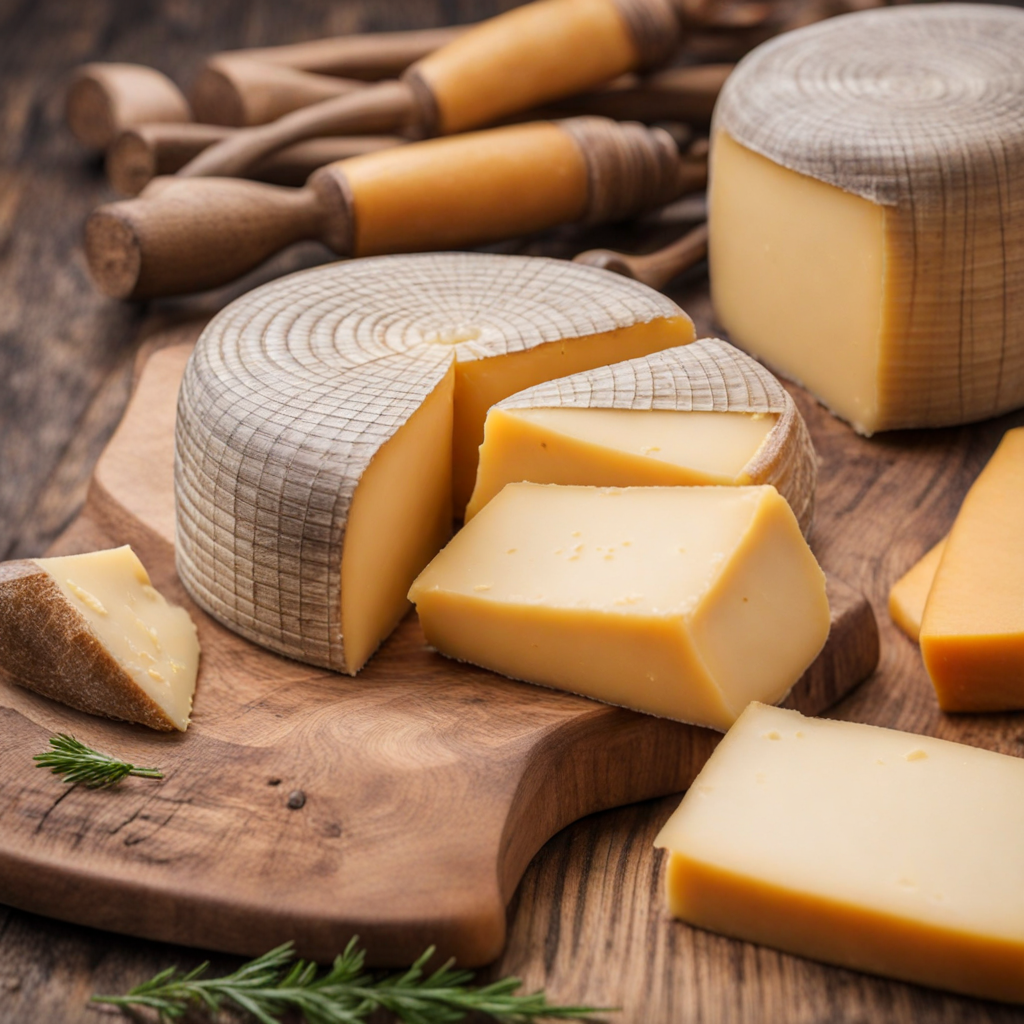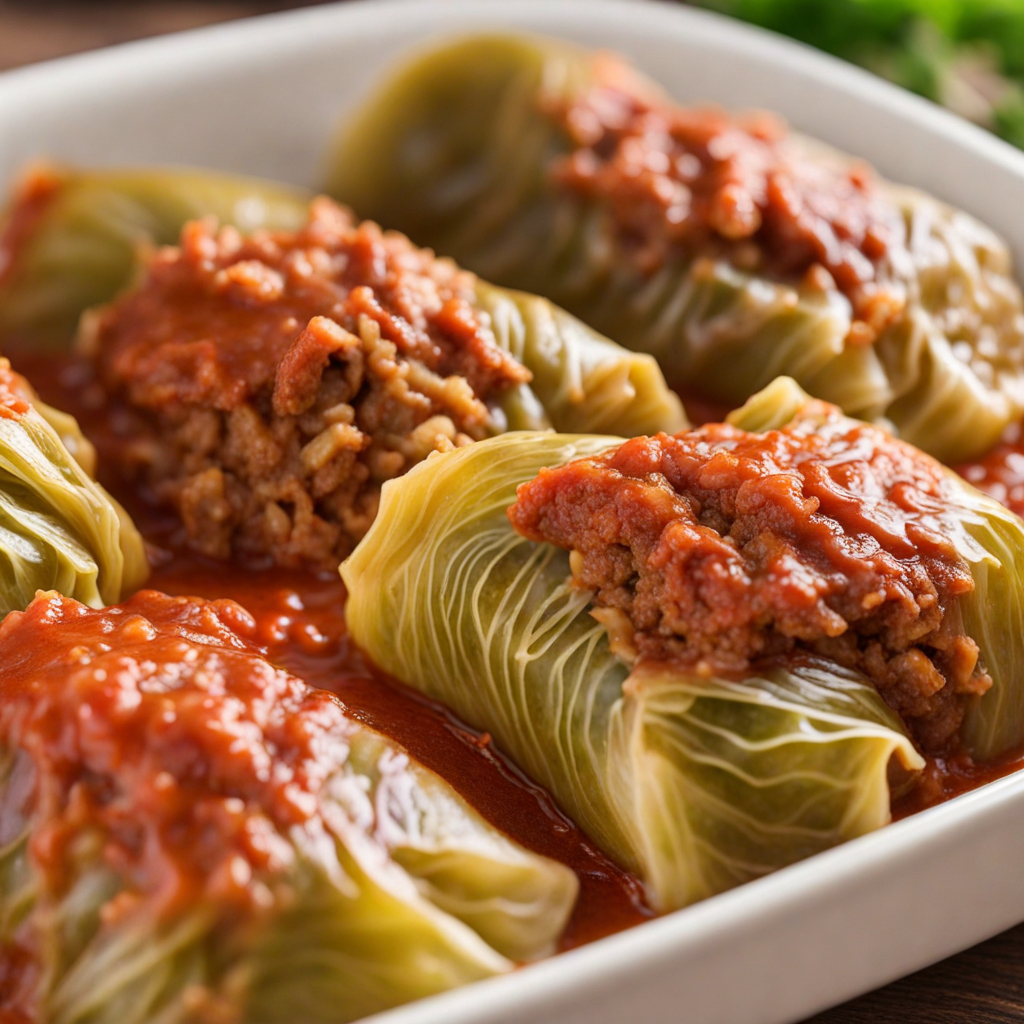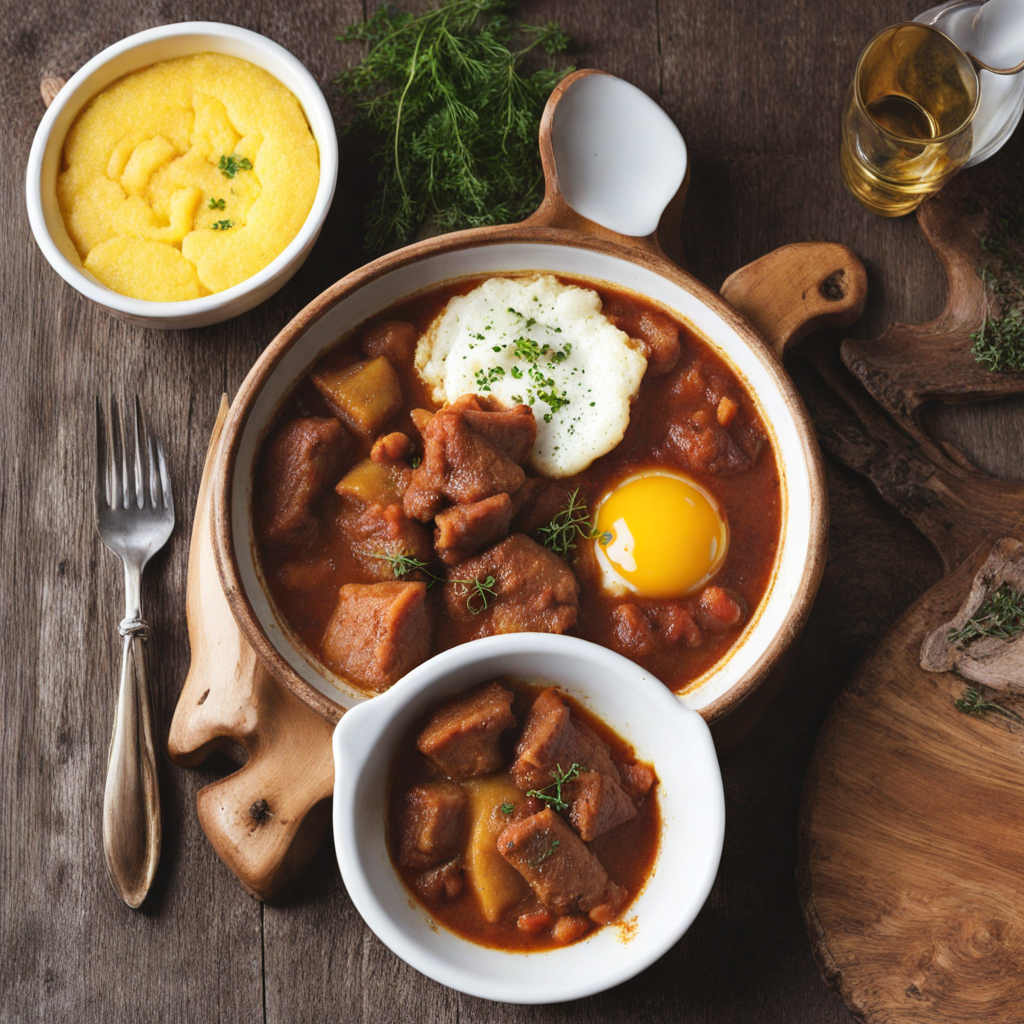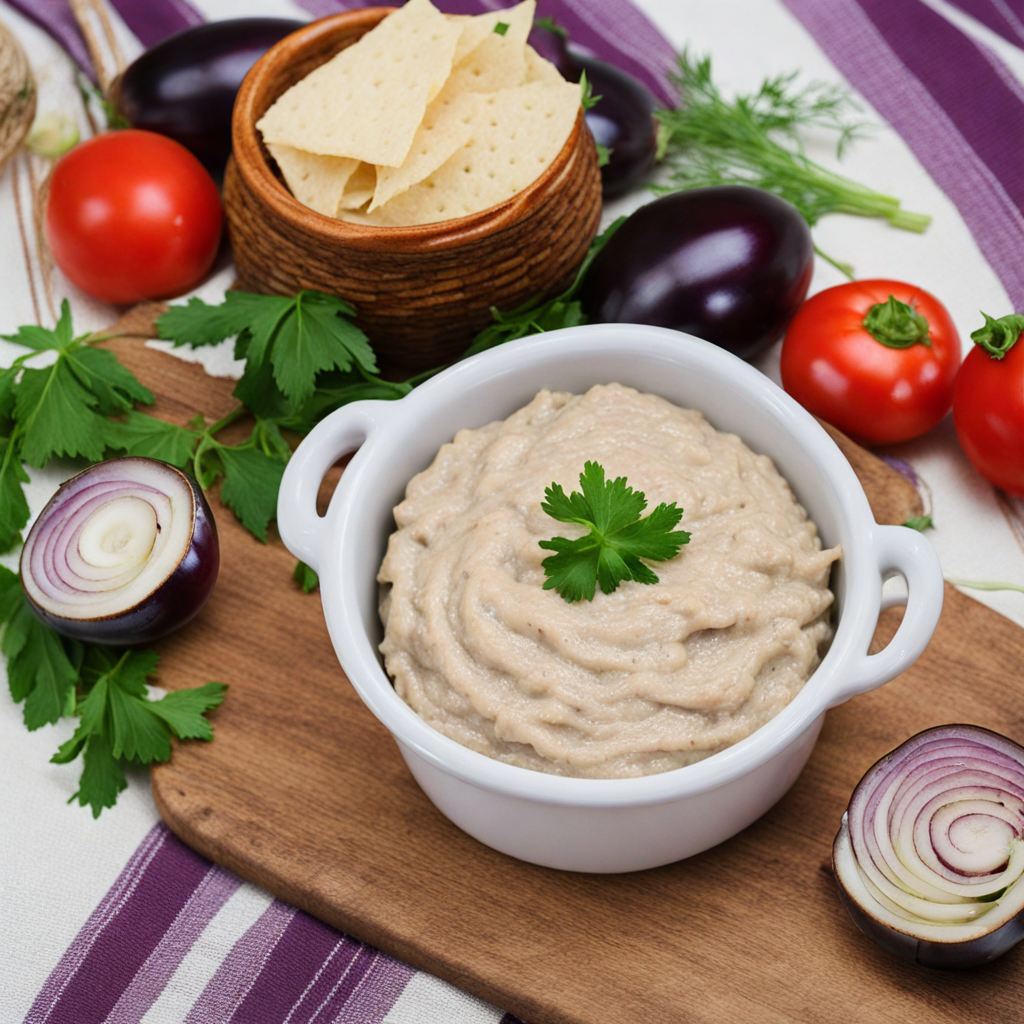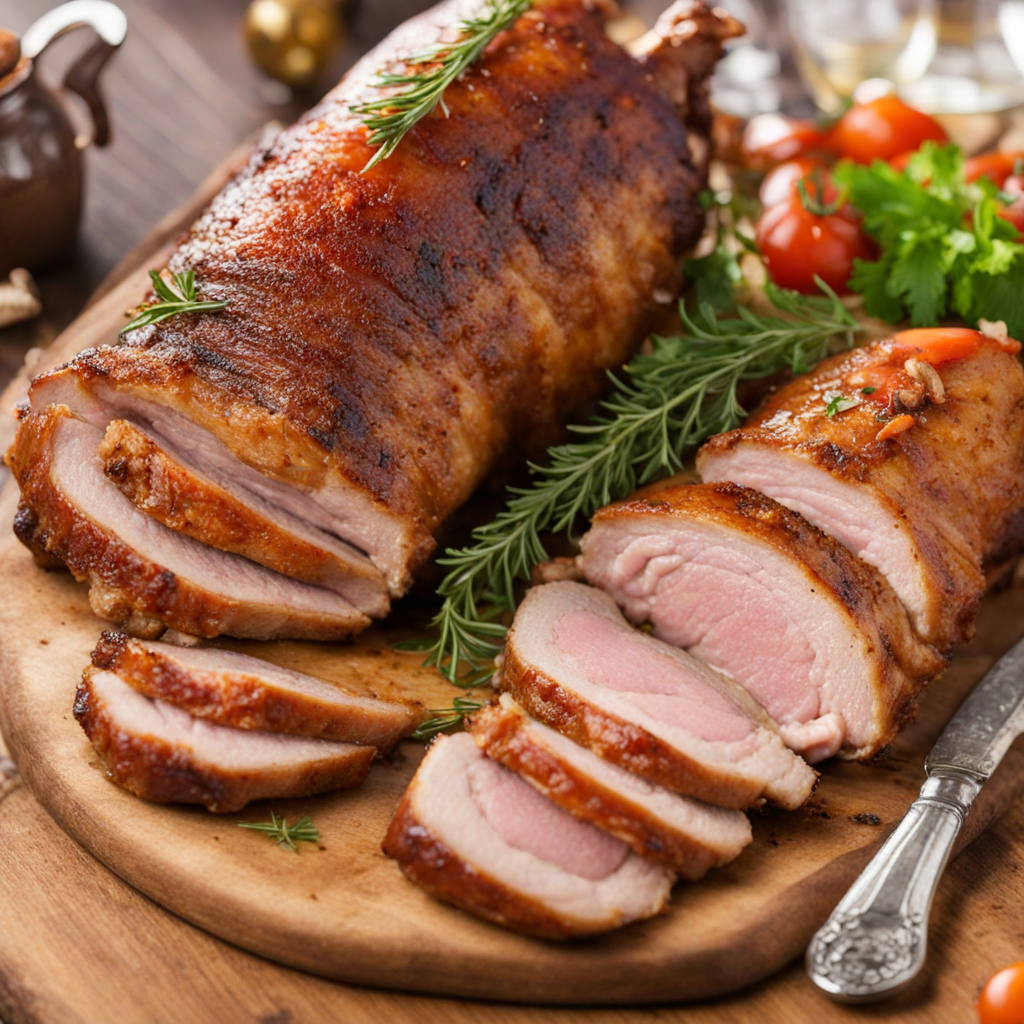Smoked Cheese
Smoked cheese, known as "brânză afumată" in Romania, is a delightful culinary treasure that captures the essence of traditional Romanian flavors. This cheese is typically made from cow's or sheep's milk and is characterized by its creamy texture and rich, savory taste. The smoking process imparts a unique depth of flavor, with hints of woodiness commonly derived from the specific type of wood used in the smoking process, such as beech or oak. This results in a complex profile that balances both the natural creaminess of the cheese and the robust smokiness, making it a versatile ingredient in various dishes or perfect for snacking on its own. When you take a bite of smoked cheese, you’ll first notice its silky mouthfeel, which melts seamlessly on the palate. The initial creamy taste is quickly followed by the bold, smoky undertones that linger pleasantly, creating a delightful contrast. This cheese can range from mild to strong in flavor, depending on the aging process and the duration of smoking, allowing for a wide spectrum of tastes that can cater to different preferences. Its aromatic qualities make it an excellent pairing with rustic breads, pickles, or even fruits like apples and pears, enhancing the overall tasting experience. In Romania, smoked cheese is often enjoyed as part of a traditional charcuterie board, accompanied by cured meats and homemade preserves. It can also be incorporated into a variety of dishes, such as casseroles, pasta, or salads, adding a distinctive flavor that elevates the entire meal. The popularity of smoked cheese in Romanian cuisine reflects the country’s rich agricultural heritage and the art of preserving food through smoking, a technique passed down through generations. Whether enjoyed on its own or as part of a larger spread, smoked cheese is a must-try for those seeking to explore the delicious and diverse world of Romanian gastronomy.
How It Became This Dish
The Smoky Delight of Brânză Afumată: A Journey Through Romanian History Introduction Brânză afumată, or smoked cheese, is a cherished culinary gem from Romania, steeped in tradition and imbued with the rustic flavors of the Carpathian landscape. This unique cheese has not only tantalized the taste buds of locals but has also become a symbol of Romania’s rich cultural heritage. Its smoky aroma and creamy texture tell a tale of ancient practices, rural life, and communal traditions that have evolved over centuries. Origins and Early History The roots of brânză afumată can be traced back to Romania's pastoral past, where sheep herding and dairy farming were essential components of rural life. The practice of cheese-making is ancient, with archaeological evidence suggesting that the art of transforming milk into cheese dates back over 7,000 years in various parts of Europe, including the Balkans. In Romania, the mountainous regions, particularly Transylvania and the Carpathian Mountains, provided ideal conditions for sheep grazing. The lush pastures and diverse flora contributed to the distinct flavors of the milk used in cheese-making. Local shepherds, known as "ciobani," developed unique techniques for preserving and enhancing the flavors of their cheese, leading to the creation of brânză afumată. The smoking process likely originated as a method of preservation, allowing the cheese to be stored for longer periods without spoilage. The use of natural wood smoke infused the cheese with a rich, smoky flavor that complemented its creamy texture. This practice was not only functional but also enhanced the sensory experience of the cheese, making it a sought-after delicacy. Cultural Significance Brânză afumată holds a special place in Romanian culture and cuisine. It is often associated with festive gatherings, traditional feasts, and family celebrations. The cheese is typically made from sheep, cow, or goat milk, and the choice of milk influences its flavor profile. It is commonly enjoyed during holidays, weddings, and other significant events, symbolizing abundance and hospitality. In rural communities, brânză afumată is often paired with polenta (mămăligă), a staple dish made from cornmeal, creating a satisfying and hearty meal that embodies the essence of Romanian comfort food. The cheese is also used in various traditional dishes, such as "sarmale" (cabbage rolls) and "mici" (grilled sausages). Its versatility allows it to be enjoyed in numerous ways—whether as a standalone snack, melted over dishes, or incorporated into salads. In addition to its culinary significance, brânză afumată represents a connection to the land and the rhythms of rural life. It embodies the wisdom of generations of shepherds and farmers who have honed their craft through trial and error, passing down their knowledge to younger generations. The cheese is often made in small, family-run dairies, preserving traditional methods and promoting local flavors. Development and Variations Over Time As Romania entered the modern era, the production of brânză afumată began to diversify. While traditional methods still prevail in rural areas, industrialization and globalization have introduced new techniques and flavors. In some cases, the smoking process has been adapted to accommodate modern tastes and production methods, with the use of different types of wood or even liquid smoke. Regional variations of brânză afumată have also emerged, reflecting the diverse cultures and culinary practices within Romania. For instance, the cheese from the regions of Maramureș and Bucovina is particularly renowned for its robust flavors and artisanal quality. In these areas, the smoking process is often performed in traditional smokehouses, where the cheese is hung and subjected to low, slow heat from burning wood, allowing it to absorb the smoke gradually. In urban centers, brânză afumată has found its way into contemporary cuisine, inspiring chefs to incorporate it into innovative dishes. It has become a popular ingredient in gourmet recipes, from sophisticated charcuterie boards to upscale salads. The cheese's smoky flavor adds depth to dishes, making it a favorite among food enthusiasts and chefs alike. Moreover, the rise of interest in traditional foods and artisanal products has contributed to a renewed appreciation for brânză afumată. In recent years, there has been a growing movement to support local producers and preserve traditional food-making techniques. Various fairs and festivals dedicated to Romanian cuisine celebrate the diversity of regional cheeses, including brânză afumată, and promote the importance of sustainable agriculture and artisanal practices. Brânză Afumată Today Today, brânză afumată continues to be a symbol of Romanian culinary identity. It is often featured in various culinary festivals, both in Romania and abroad, where it dazzles the palates of local and international visitors. The cheese is not only enjoyed within Romania but has also gained recognition in international markets, where it is celebrated for its unique flavor and artisanal quality. As the world becomes more interconnected, Romanian immigrants have introduced brânză afumată to new audiences, ensuring its place in the global culinary landscape. It can now be found in specialty shops and restaurants outside Romania, where it is appreciated for its authenticity and depth of flavor. Conclusion Brânză afumată is more than just a type of cheese; it is a testament to Romania's rich culinary heritage, embodying the traditions, landscapes, and communities that have shaped its production. From its humble beginnings as a means of preservation to its status as a beloved delicacy, brânză afumată continues to evoke a sense of nostalgia and pride among Romanians. As we savor the smoky richness of this cheese, we are reminded of the deep-rooted connections it fosters—connections to the land, to family, and to the age-old traditions that define Romanian culture. Whether enjoyed in a rustic mountain village or a modern urban setting, brânză afumată remains a timeless delight, bridging the past and present, and celebrating the enduring spirit of Romanian culinary artistry.
You may like
Discover local flavors from Romania



